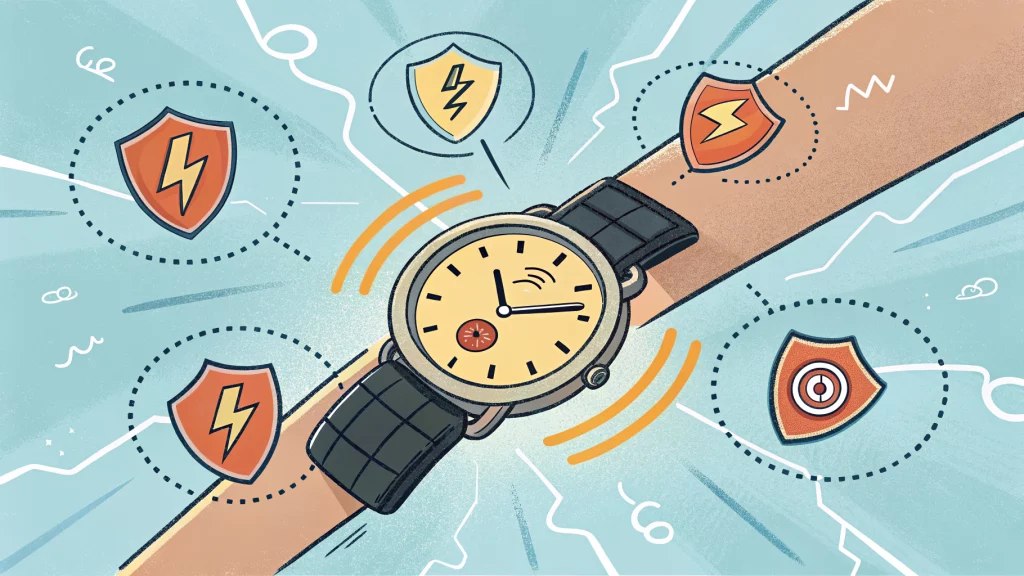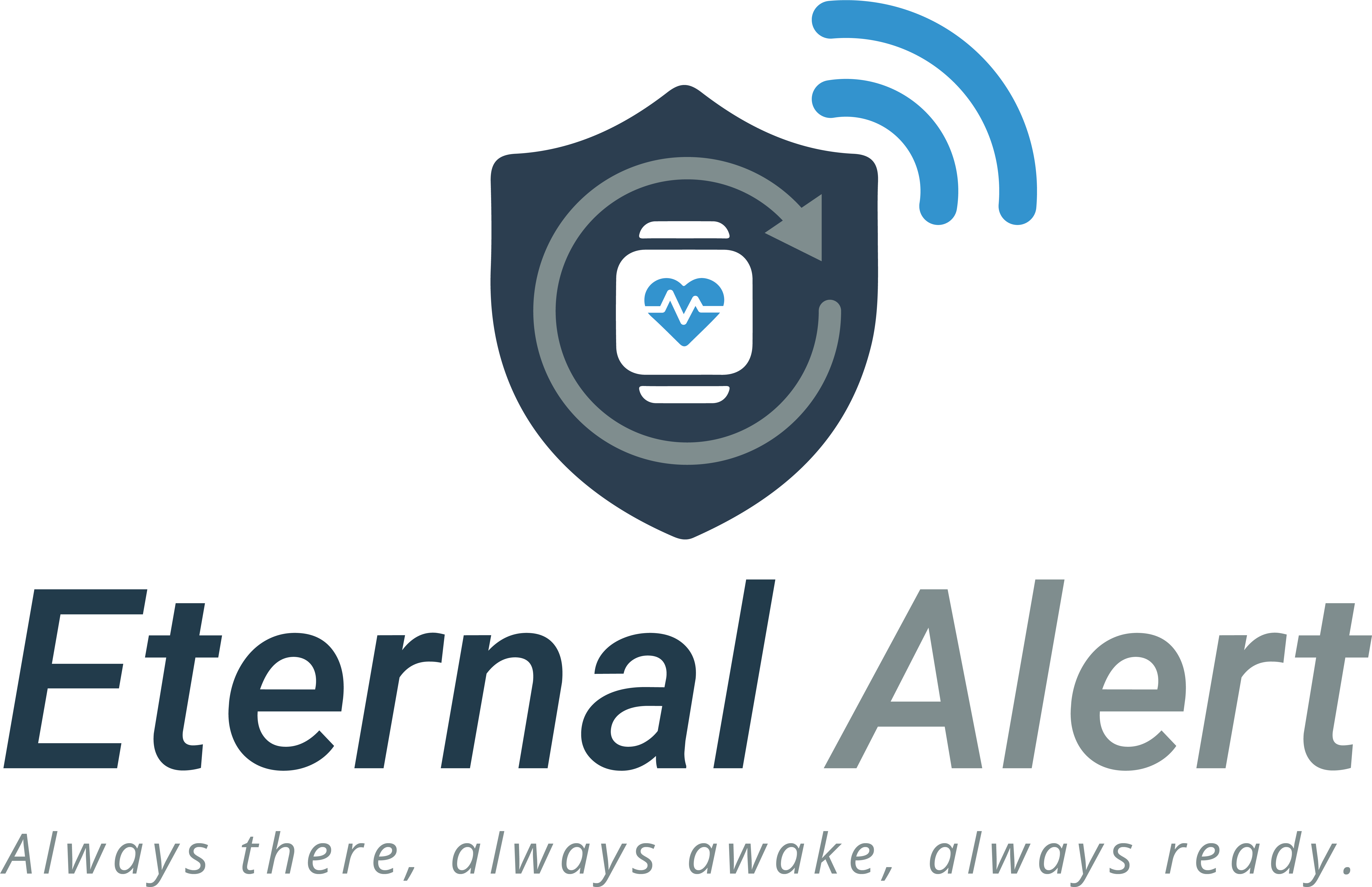Did you know that around 70% of individuals feel safer using personal emergency response devices when they know they are backed by trusted organizations? With the increasing need for reliable personal emergency response systems, people often seek devices that not only offer functionality but also come with a trusted reputation. This article aims to explore how strategic partnerships enhance the development and credibility of safety solutions, specifically in the context of the Eternal Alert wristwatch.

Problem Identification: The Need for Trustworthy Safety Solutions
In the realm of personal emergency response devices, trust is paramount. Users rely on these technological aids during critical moments—moments when they need immediate assistance. However, many emergency response devices lack credibility due to varied performance standards across the industry. According to a report from the Consumer Technology Association, over 60% of users have expressed concerns about the reliability of personal safety devices they have previously encountered.
This skepticism is fueled by the inconsistency in technology and efficacy among products available on the market. For instance, users often prioritize devices that incorporate proven technology and have endorsements from established industry leaders. Trustworthy manufacturers like GreatCall (now part of Best Buy) have set the standard by partnering with healthcare providers to ensure that their medical alert systems meet stringent health standards. Such collaborations also help in creating devices that adhere to real-world needs.
In an era where health-related matters are increasingly complex, having the assurance that a personal emergency device is backed not just by technological innovation but also by reliable testing and validation is incredibly important. The evaluation processes through partnerships can help address these issues, leading to more reliable devices that are held to high performance standards.
Collaborative Innovations: How Partnerships Function
Strategic partnerships, particularly between tech developers like Eternal Alert and major healthcare institutions, can significantly elevate the effectiveness of personal emergency response devices. These collaborations lead to more rigorous testing and validation of safety devices, ensuring that user needs are at the forefront of development.
For example, when Eternal Alert partnered with universities and medical research institutions to develop their wristwatch technology, they were able to conduct extensive user experience research as well as clinical trials. This collaboration allowed them to gather data on how different demographic groups interacted with their devices, ultimately influencing the design and functionality of the watch. The outcomes of such cooperative efforts not only result in innovative safety features but also improve usability. Users can deliver feedback directly through the research channels, allowing manufacturers to adjust features before the final product launch.

Furthermore, shared resources in research and development mean that both parties can leverage each other’s strengths, resulting in quicker iterations and improved technology. These relationships also lead to better educational campaigns, informing users about the functionalities of the devices and how to use them effectively—further increasing their confidence and willingness to adopt such tools.
Case Studies of Successful Partnerships
Examining successful partnerships can lend valuable insights into how collaborative efforts can drive innovation in personal emergency response systems. Consider the partnership between Life Alert and several prominent hospitals and nurse-led initiatives. This alliance has resulted in an enhanced system, which integrates seamlessly with healthcare protocols, ensuring that urgent medical responses are swift and effective. By working directly with healthcare providers, Life Alert has managed to create devices that provide real-time data to emergency responders, reducing reaction times and improving patient outcomes.
Similarly, Eternal Alert’s collaboration with healthcare facilities has led to the introduction of unique features in their wristwatch design. Features such as GPS tracking, fall detection, and emergency call access can mark significant leaps in user satisfaction. Feedback from both users and healthcare professionals has directly informed product iterations, leading to a device that not only meets but exceeds industry standards, delivering comprehensive safety solutions to users of all ages.
These examples illustrate how strategic partnerships can promote innovation and enhance the safety features of personal emergency response devices, boosting user satisfaction and trust.
Benefits for Users and Providers
The mutual benefits derived from partnerships extending to users and providers showcase the value of collaborative innovations in safety solution development. For users, the increased peace of mind is perhaps the most significant advantage. Knowing that the devices they rely on for safety are developed in collaboration with credible institutions translates to enhanced confidence in those devices.
For manufacturers, such collaborations improve marketability and adoption rates. Devices developed through trusted partnerships naturally have higher credibility, making them more appealing to potential consumers. Moreover, the continuous feedback loops created by these partnerships help manufacturers stay ahead of market demands, driving future innovations and ensuring that they remain relevant in an ever-evolving industry. This was evident in recent surveys indicating that personal safety devices developed in partnership with reputable organizations achieved 40% higher user acceptance rates than those that were not verified.
Future Outlook: Strengthening Safety Through Strategic Alliances
As we look to the future, the importance of partnerships in the development of safety solutions will only increase. Emerging trends suggest that technological advancements, such as artificial intelligence and machine learning, will play a crucial role in shaping personal emergency response devices. Collaborative efforts integrating these technologies with user feedback can lead to even more sophisticated systems, equipping devices to predict emergencies and offer preventative measures.
Additionally, we anticipate that partnerships will expand further into the realms of telehealth and virtual support. These alliances could enhance the functionalities of devices, providing users with not just immediate responses but also continuous health monitoring and assessment, thereby revolutionizing notions of personal safety.
Predictions suggest that as emergency response systems evolve, partnerships will align closely with various sectors, including insurance companies and public safety organizations, leading to even more comprehensive safety solutions that integrate seamlessly with everyday life. The convergence of innovative technology, healthcare, and safety solutions holds a promise that can transform the personal emergency response landscape in the next decade.
Conclusion
Strategic partnerships are essential for the credibility and functionality of personal emergency response devices. By working together, tech developers and safety institutions can create innovative, trustworthy solutions that enhance user confidence and well-being. As we continue to explore collaborative possibilities, it’s crucial for industry professionals and consumers alike to engage in the ongoing dialogue about these advancements. Join the conversation and share your thoughts: How do you envision the future of personal emergency response solutions? Connect with us to learn more about emerging safety technologies.
By discussing the compelling case for collaboration, this article aims to pave the way for future innovations that promise to redefine personal safety in diverse settings.


